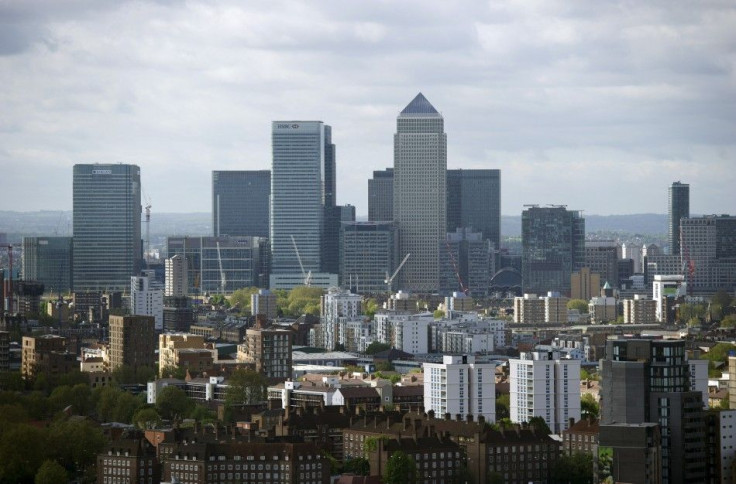London Orbit Tower: Olympic-Sized Eyesore Or The Next Eiffel Tower?

It's big, red, and shiny, and it's meant to add a touch of modernity to the London skyline, but many see Anish Kapoor's Orbit Tower as an Olympic-sized eyesore.
The structure will debut as a new landmark during the 2012 Olympic Games and reopen to the public on Easter 2014, but many Londoners wish it would just go away.
The Orbit Tower has drawn mixed reviews since it was officially unveiled on Friday at Stratford in the city's East End. Critics have likened the ruby-red masterpiece of design and engineering to a warped roller coaster. British tabloids have used even harsher terms, labeling it the Eye-ful Tower, or the Godzilla of public art.
Kapoor compared the steel statue, partially funded by ArcelorMittal, to the Eiffel tower, saying that many considered it the most tremendously ugly object when it was first built for the 1889 World's Fair.
I think it's awkward, Kapoor told reporters of his new design -- considering that a compliment. It has its elbows sticking out in a way. ... It refuses to be an emblem.
There will be those who love it and those who hate it, and that's OK, he added.
The past winner of the art world's prestigious Turner Prize is known for his large-scale sculptures like The Bean in Chicago's Millennium Park and the Sky Mirror, exhibited at Rockefeller Center, New York, in 2006 and Kensington Gardens, London, in 2010.
Kapoor has said his new structure looks better from the inside, but many will not have the chance to get in until 2014, when the structure reopens as the centerpiece of a new park located on the Olympic grounds. Due to open in stages beginning July 2013, the 560-acre Queen Elizabeth Olympic Park will include a lush river valley, tree-lined promenade, and plenty of walking and biking trails.
In its debut this summer, London Olympic organizers hope that the ArcelorMittal Orbit, as it is known, will become a major tourist draw, attracting up to 5,000 visitors a day who will pay $22 each for the opportunity to ride to the top.
An elevator and 445-step stairway lead to two observation decks and a restaurant that offers 20-mile views of the capital city.
The $36.5 million tower is easily Britain's biggest sculpture and the tallest in Europe. At twice the height of Nelson's column in Trafalgar Square, it's also taller than both the Statue of Liberty and Big Ben.
London Mayor Boris Johnson is one of the Orbit's biggest fans.
It endlessly repays the viewer, he told CNN. It is a very rewarding thing to look at. The Eiffel Tower is very simple, the Shard, behind me, is a piece of cake -- any child of two could do that -- this is much more elaborate, more sophisticated, more intriguing, and complex.
Johnson and Lakshmi Mittal, CEO of steelmaker ArcelorMittal, joined forces to champion the creation of a massive sculpture for the Olympic Park after meeting in a cloakroom at Davos. Kapoor and engineer Cecil Balmond won a competition to design the piece and have watched it rise along the one-time wasteland with the various sporting venues.
Though it's drawn the ire of many, others think it's just the thing to draw visitors long after the Olympic torch goes dark.
The Telegraph was one of the few London papers to give the structure a rave review, noting that Londoners would appreciate the tower for years to come. Why? The twisting red helix has little relation to the Olympics, which may give it relevance beyond the Games.
Rising like a flame from the London fog, one thing's for certain: the Olympic Orbit has people talking.
© Copyright IBTimes 2025. All rights reserved.






















